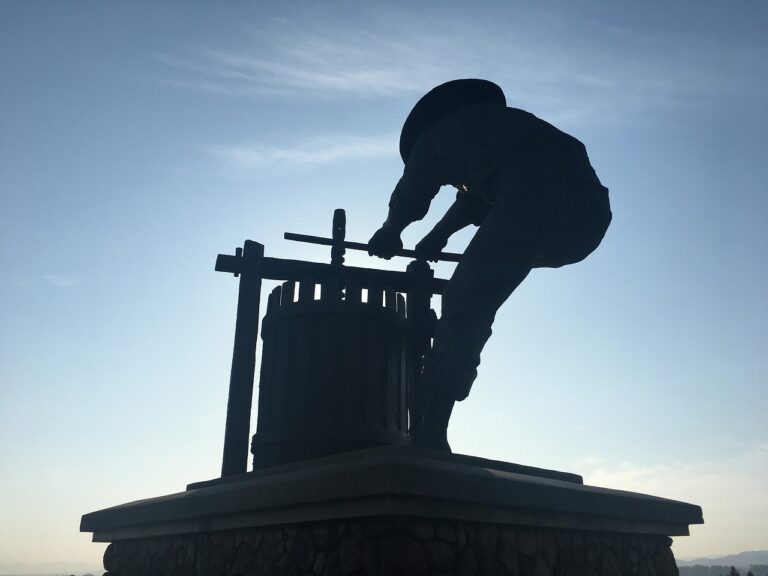Unveiling Art Mysteries: Famous Forgeries and Authentication Challenges: Sky247, Diamondexch9, Tigerexch247
sky247, diamondexch9, tigerexch247: Art forgeries have been a fascinating subject for art enthusiasts and historians alike. From meticulously crafted replicas to bold attempts at deceiving experts, the world of art is filled with intriguing mysteries and challenges when it comes to authentication. Let’s delve into some famous forgeries and the complexities surrounding the authentication process.
The Tale of the Terracotta Warriors
Heading: The Terracotta Warrior Forgeries
The terracotta warriors are one of China’s most iconic cultural treasures, dating back to the Qin Dynasty over 2,000 years ago. In recent years, there have been reports of fake terracotta warriors being sold to unsuspecting buyers. These forgeries are often skillfully crafted to resemble the original statues, making it difficult for even experts to differentiate between the real and fake ones.
The Da Vinci Code
Heading: The Da Vinci Forgeries
Leonardo da Vinci is one of the most renowned artists in history, with his works commanding astronomical prices at auctions. However, there have been numerous instances of forged Da Vinci paintings surfacing in the art market. The challenge lies in accurately identifying these forgeries, as they are often created with meticulous attention to detail and can fool even seasoned experts.
The Van Gogh Mystery
Heading: Van Gogh Authentication Challenges
Vincent van Gogh’s paintings are known for their unique style and emotive brushwork. However, there have been controversies surrounding the authenticity of some of his works. With many Van Gogh paintings in private collections and museums, determining the provenance and authenticity of these pieces can be a daunting task for art historians and experts.
The Picasso Puzzle
Heading: Authentication Issues with Picasso
Pablo Picasso’s vast body of work includes a wide range of styles and techniques, making it challenging to authenticate his paintings with certainty. With the market flooded with counterfeit Picasso pieces, collectors and experts need to be cautious when evaluating the authenticity of these artworks.
The Rembrandt Riddle
Heading: Uncovering Fake Rembrandts
Rembrandt van Rijn’s masterful paintings are highly sought after by collectors and museums worldwide. However, there have been instances where fake Rembrandt paintings have surfaced, leading to debates over their authenticity. The complexity of Rembrandt’s technique and the sheer number of copies and imitations make it difficult to differentiate between real and fake works.
The Authentication Dilemma
Heading: The Challenges of Authenticating Art
The process of authenticating art is a complex and multifaceted endeavor that involves scrutinizing every aspect of a piece, from its provenance and materials to its style and technique. Experts rely on scientific analysis, historical research, and connoisseurship to determine the authenticity of artworks, but even then, there can be uncertainties and debates surrounding certain pieces.
In conclusion, the world of art forgery is filled with challenges and mysteries that continue to intrigue and perplex art lovers and experts alike. While forgeries may deceive the untrained eye, a closer examination and rigorous authentication process are essential in uncovering the truth behind these deceptive artworks.
FAQs
Q: How common are art forgeries?
A: Art forgeries have been around for centuries and continue to be a prevalent issue in the art market. While some forgeries are easily detected, others can be highly sophisticated and difficult to identify.
Q: What methods are used to authenticate art?
A: Experts use a combination of scientific analysis, provenance research, connoisseurship, and historical documentation to authenticate artworks. Advanced techniques such as carbon dating and x-ray fluorescence are also employed to determine the age and authenticity of art pieces.
Q: Why do people create art forgeries?
A: Art forgeries are often created with the intention of deceiving buyers and making a profit. Some forgers see it as a lucrative business opportunity, while others may seek to imitate the style of famous artists for personal gain.







